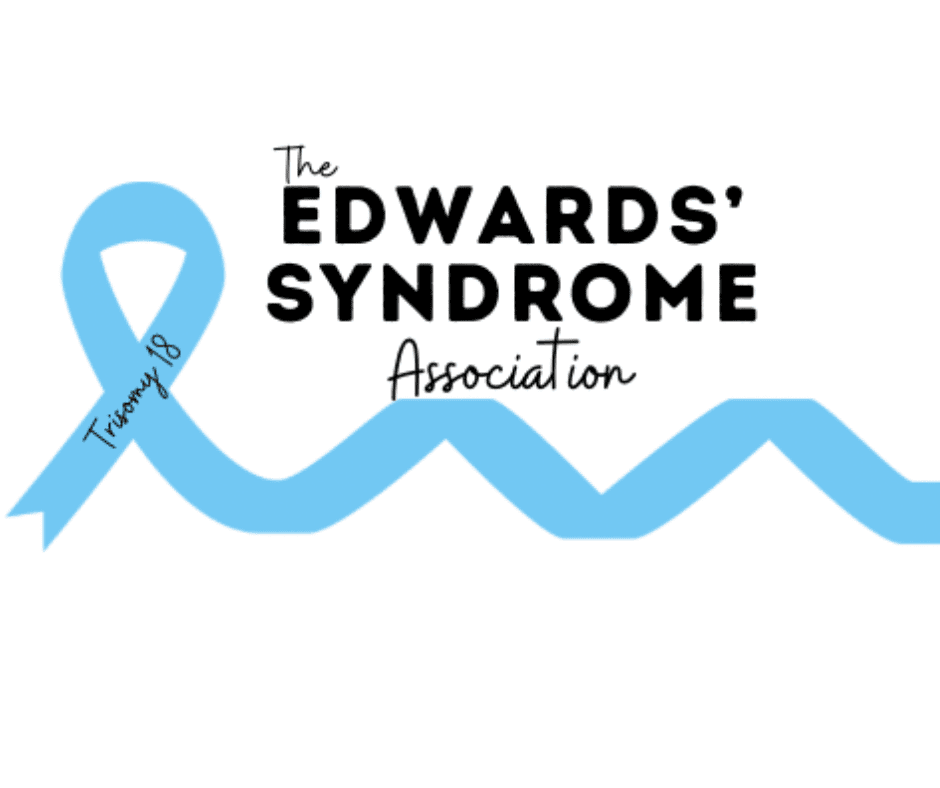Pediatric Physical Therapy for Children with Trisomy 18
Importance of Physical Therapy:
Physical Therapy plays a crucial role in rehabilitation, focusing on the development of gross motor skills, restoring movement abilities, reducing pain, and strengthening weakened muscles. It utilizes various techniques, exercises, and equipment to promote healing and recovery.
Why It’s Essential for Trisomy 18:
Children with Trisomy 18 often experience varying degrees of muscle tone that can disrupt normal development and delay reaching important milestones. Physical Therapy is especially important for these children to help them overcome these challenges.
Treatment Plans:
A Physical Therapist can create personalized treatment plans tailored to each child’s unique needs. These plans aim to help children with Trisomy 18 progress towards greater physical independence and an improved quality of life.
Therapeutic Methods:
– Targeted Exercises: Designed to improve strength, coordination, and mobility.
– Specialized Equipment: Tools that assist in movement and enhance physical capabilities.
– Other Therapeutic Techniques: Methods that reduce pain and promote overall well-being.
Overall Benefits:
Physical Therapy is a vital aspect of care for children with Trisomy 18 and anyone looking to restore their physical abilities. It supports the journey towards greater independence and a better quality of life.
Equipment:
- Therapy Bench (Various Sizes) – https://www.rehabmart.com/ – Home Therapy supplies
- Stander – https://zingstanders.com/ – Different Standers and Medical Knowledge for benefits of standing
- Gait Trainer (Various Types)
- Creepster Crawler – https://redbarn-enter.com/product/creepstercrawler – Creeper to assist with learning crawling
- Firefly Products – https://www.fireflyfriends.com/us/ – Postural Support Products
- Upseat – https://theupseat.com/ – PT recommemded for sitting with proper alignment
- Orthotic Braces – https://surestep.net/products/ – Different Types of braces for feet, ankles and legs
- Wedges –https://www.rehabmart.com – Home Therapy Supplies
- Soft Tunnel Climber – https://www.schoolsin.com/ – School Environment Supplies
- Vibration Plate – https://www.vibrationtherapeutic.com/ – Knowledge of Vibration Plates with different options
- Tumble Form Jett Mobile – https://www.medicaleshop.com/tumble-forms-2-jettmobile – Special Needs Medical/Therapy Products
- Adaptive Bikes- https://freedomconcepts.com/, https://www.amtrykestore.org/ – Bikes that have been adapted for Special Needs Children
Pediatric Physical Therapy
Pediatric physical therapy is therapy to help children develop, maintain and restore optimal physical function. It’s often necessary for kids with developmental, neurological or orthopedic challenges as it not only helps physical health but also mental and emotional well-being.
Key Benefits of Pediatric Physical Therapy
1. Physical Development Pediatric physical therapy addresses delays in milestones like walking, sitting and balancing so children can build strength, flexibility and coordination.
2. Social and Emotional Growth Therapists use play based activities to help children build confidence and social skills, often creating friendships and self esteem.
Conditions We Treat in Pediatric Physical Therapy From chronic conditions to acute injuries, pediatric physical therapy covers it all:
Neurological: Cerebral palsy, spinal muscular atrophy, spina bifida.
Developmental: Autism, Down syndrome. Orthopedic: Scoliosis, muscular dystrophy.
Types of Pediatric Physical Therapy
1. Outpatient Clinics vs. In-Home Therapy Outpatient clinics provide a controlled environment for therapy, in-home therapy provides convenience and comfort for children.
2. School Based Physical Therapy Many children receive physical therapy in school so they can better integrate into the academic setting.
3. Teletherapy Options With technology advancing, teletherapy makes it possible to deliver specialized care to remote or underserved areas.
How Pediatric Physical Therapy Works: A Step by Step Guide
1. Initial Evaluation Therapists start with a full assessment to understand the child’s abilities, needs and goals.
2. Customized Treatment Plans Based on the evaluation the therapist will create an individualized plan, often combining different exercises.
Role of Parents and Caregivers in Pediatric Therapy Parent involvement is key to reinforce the progress made in therapy. Practicing at home and open communication with the therapy team will help children achieve their goals.
FAQs
How long will my child need therapy? Time varies depending on individual needs and progress, from several months to ongoing support.
Will therapy hurt my child? Therapists prioritize safety and comfort. Exercises may challenge your child but are safe and manageable.
Conclusion
Pediatric physical therapy is for children with developmental or physical challenges to give them the skills and confidence to live active happy lives.
